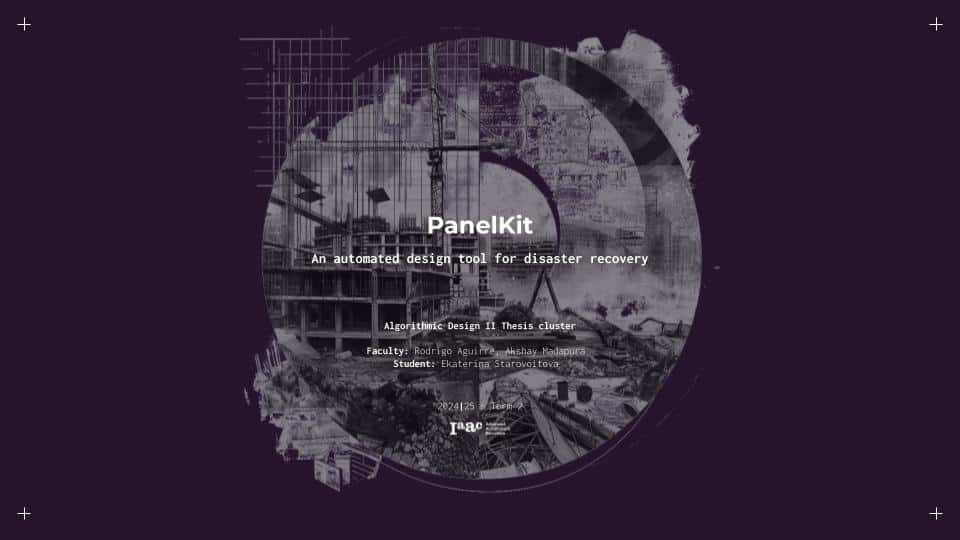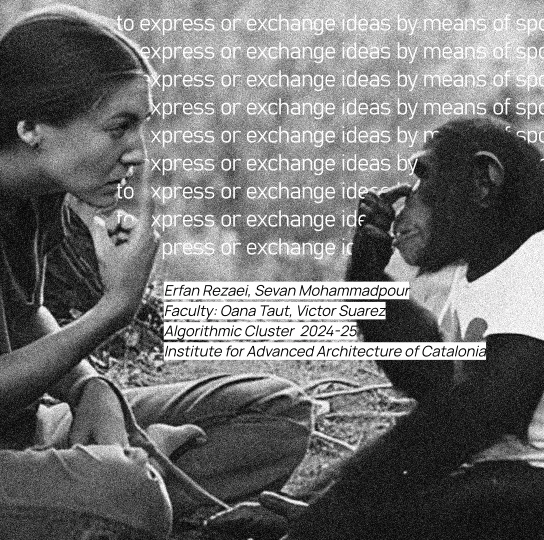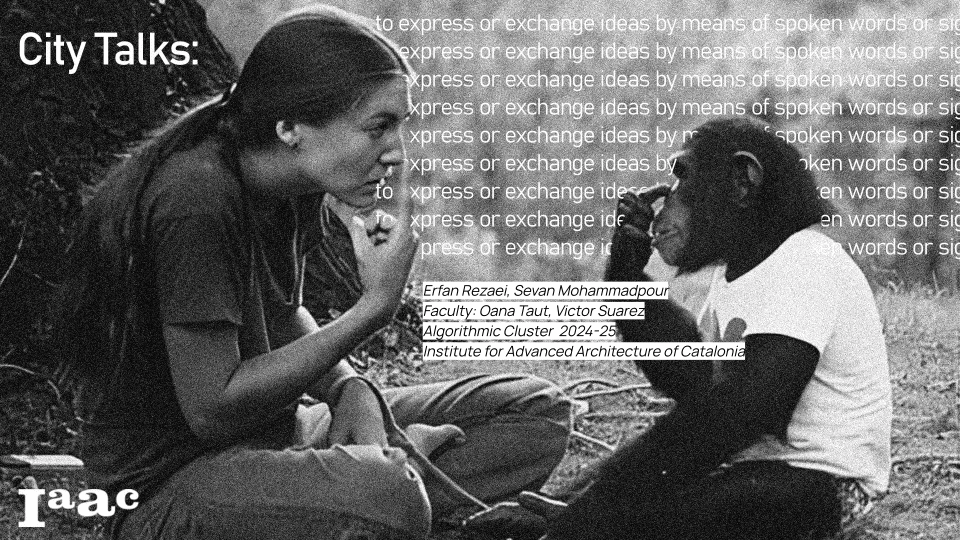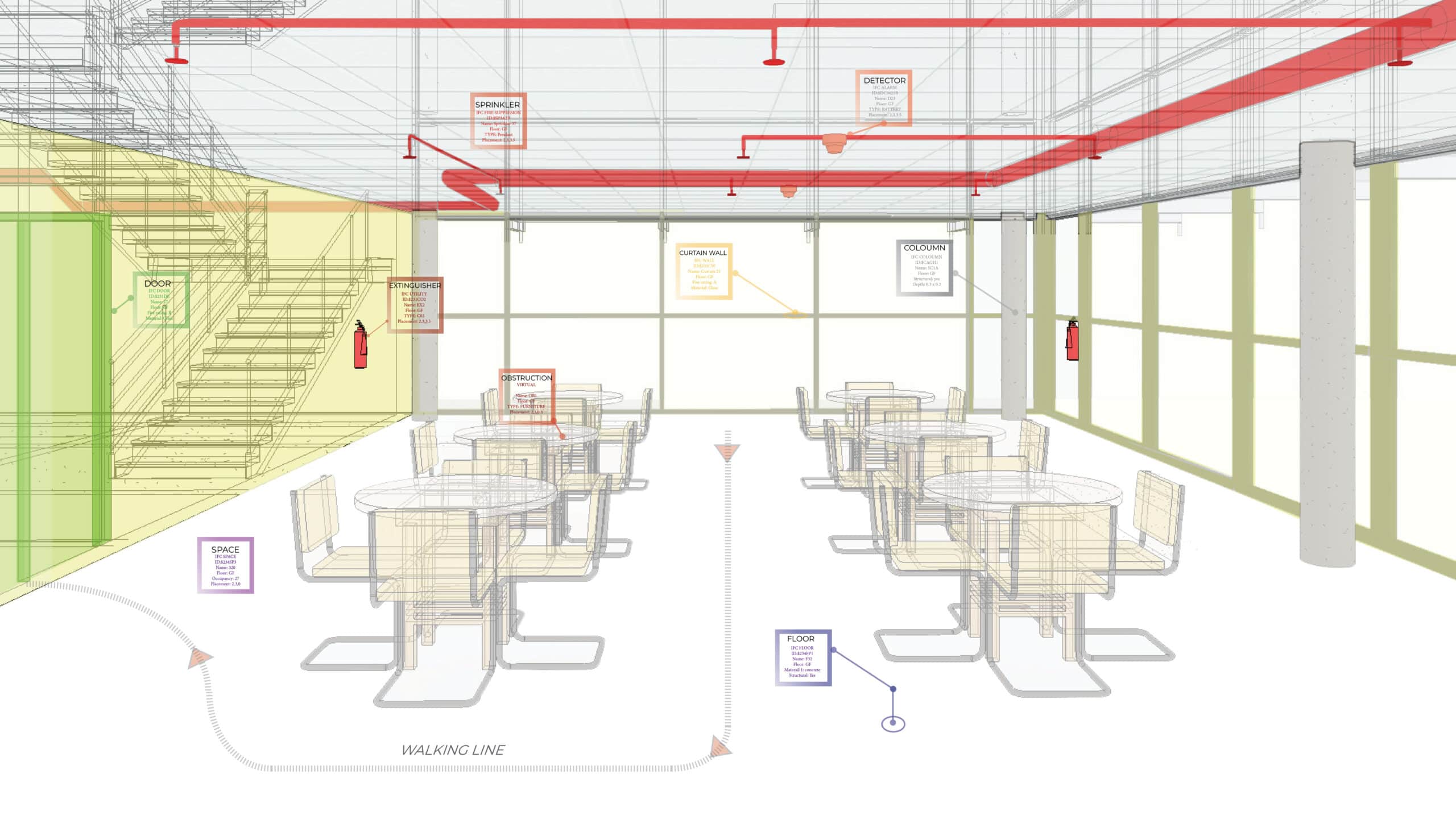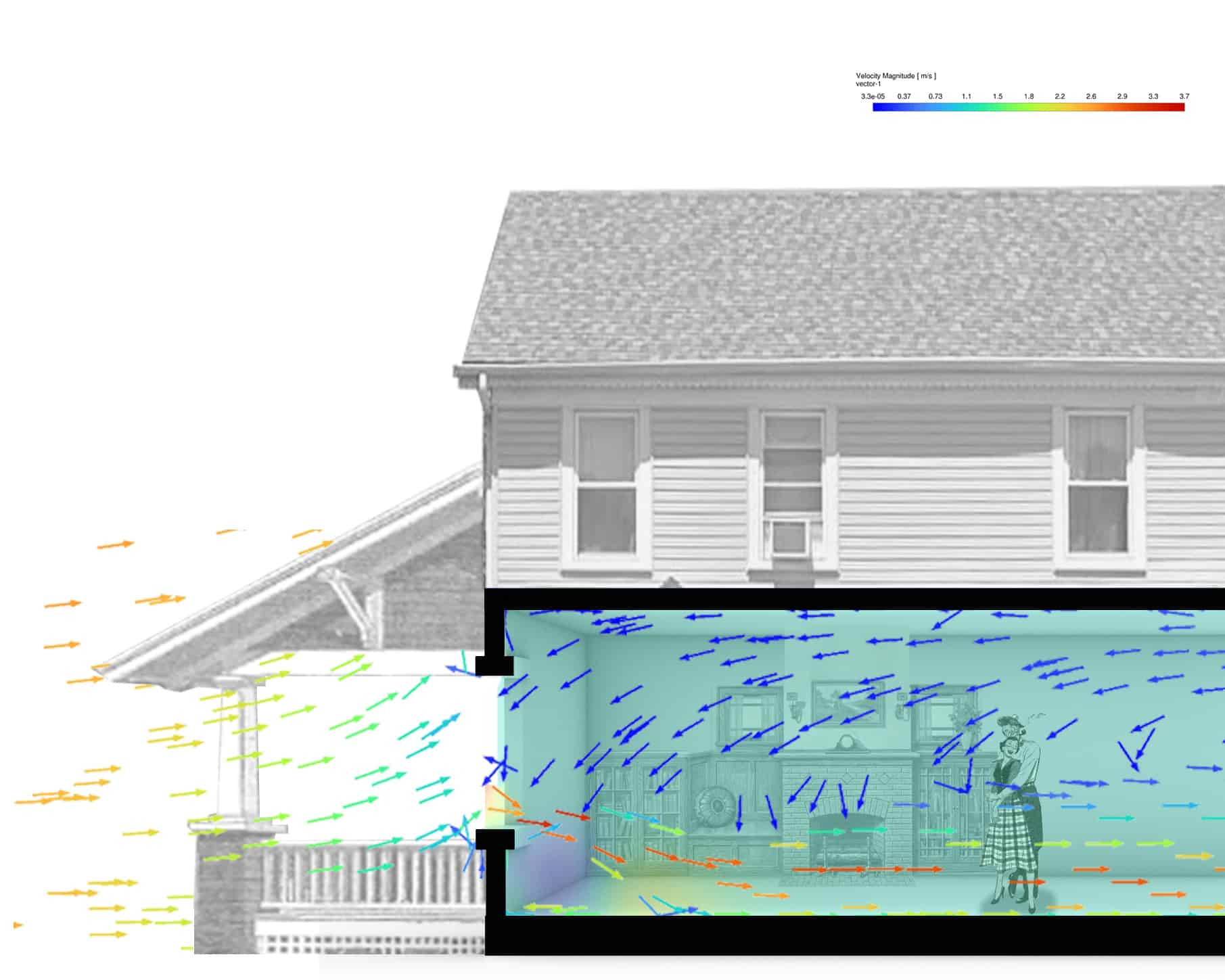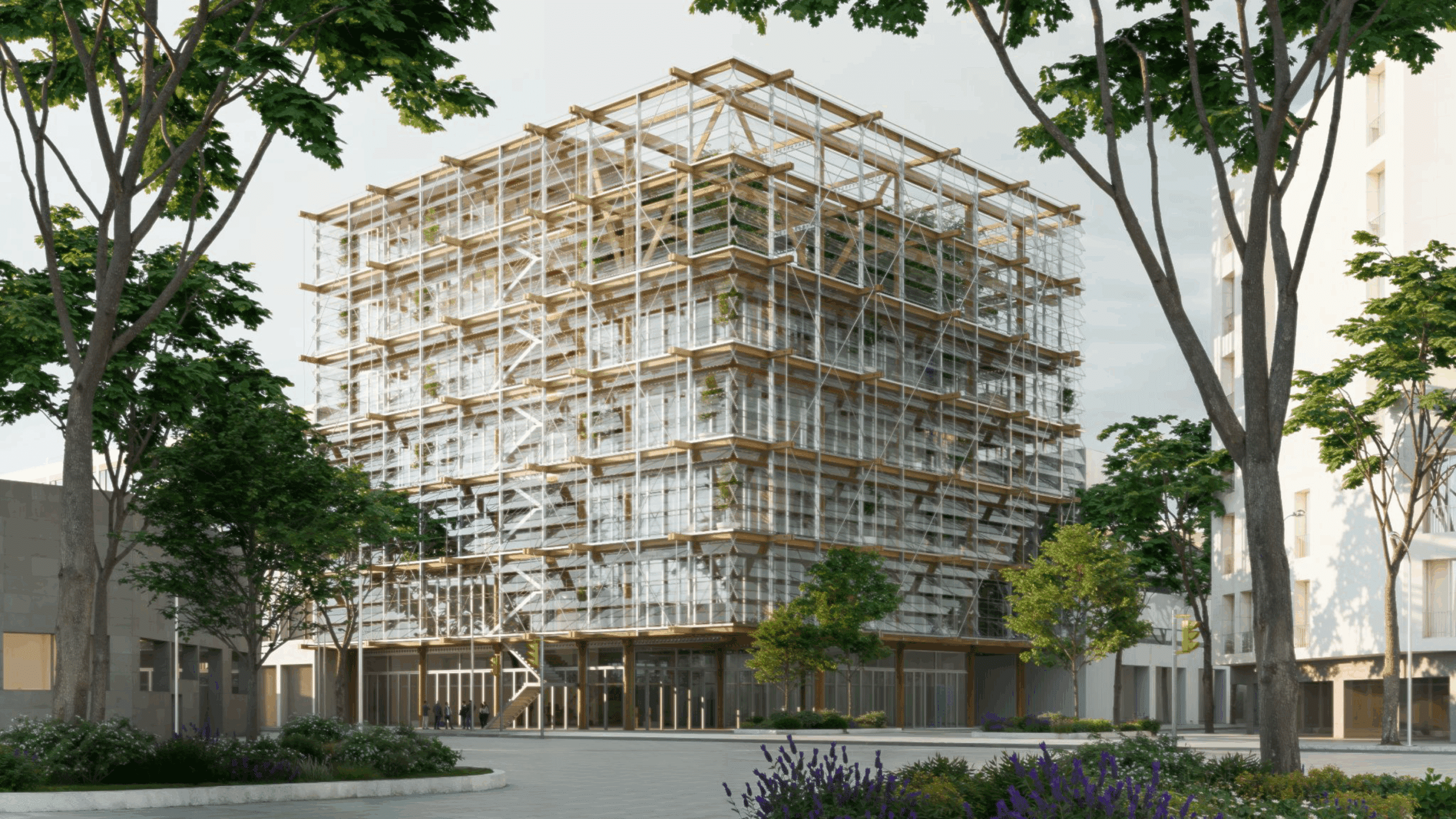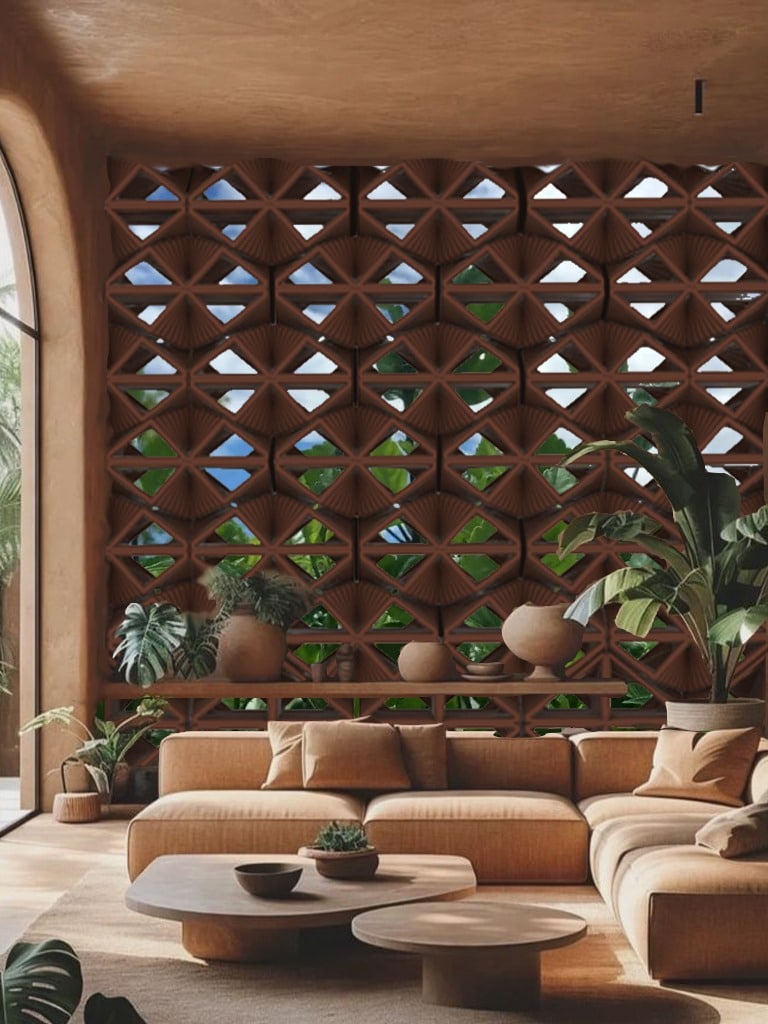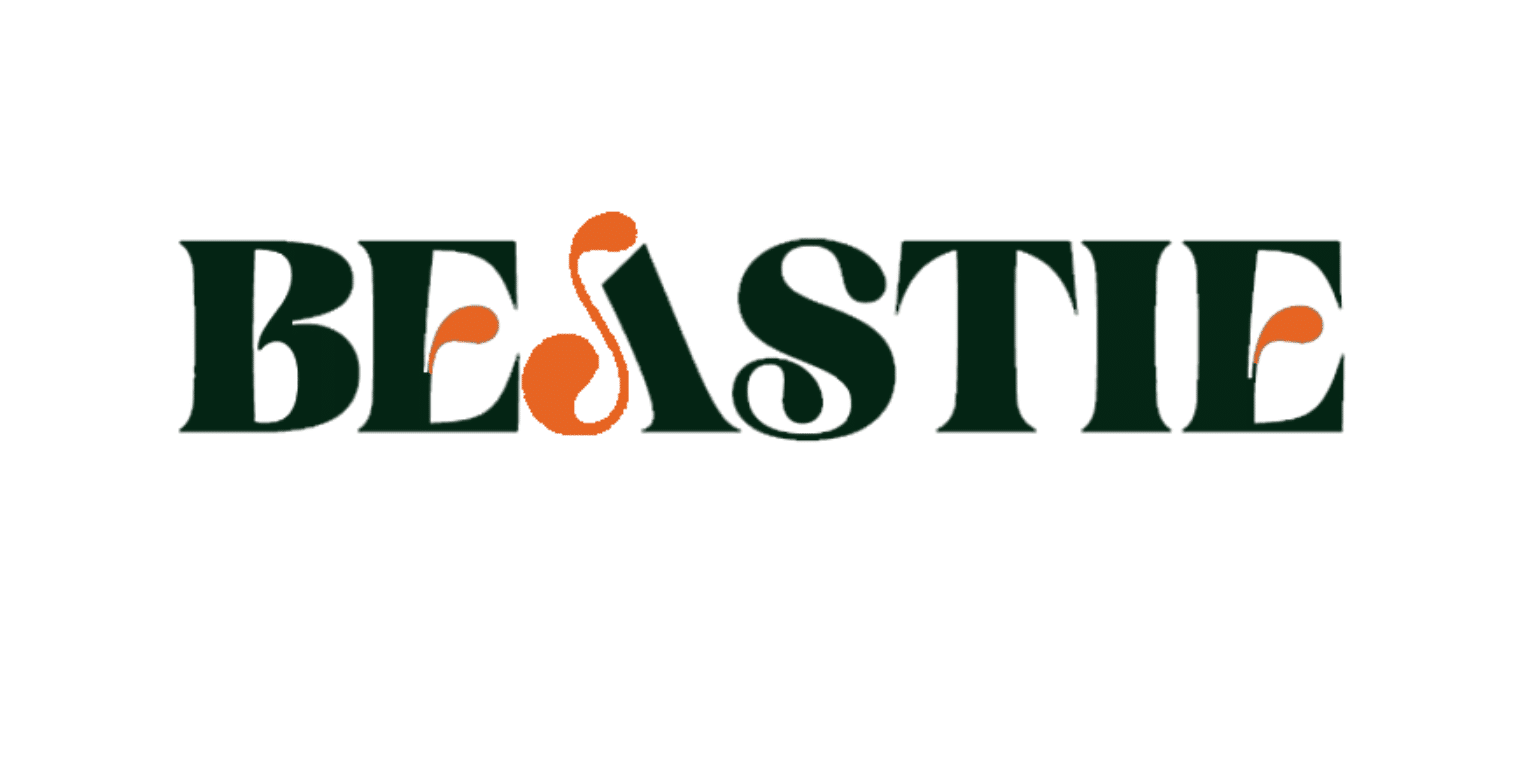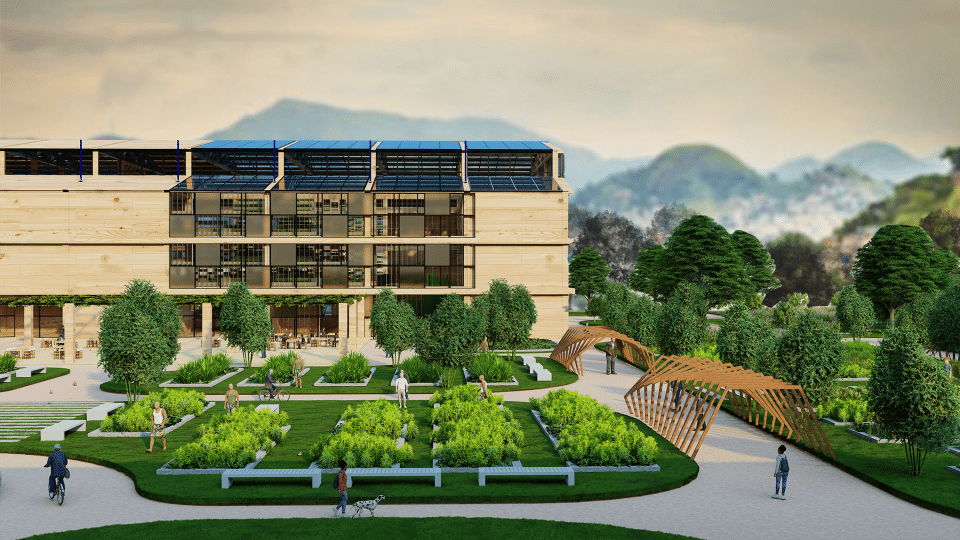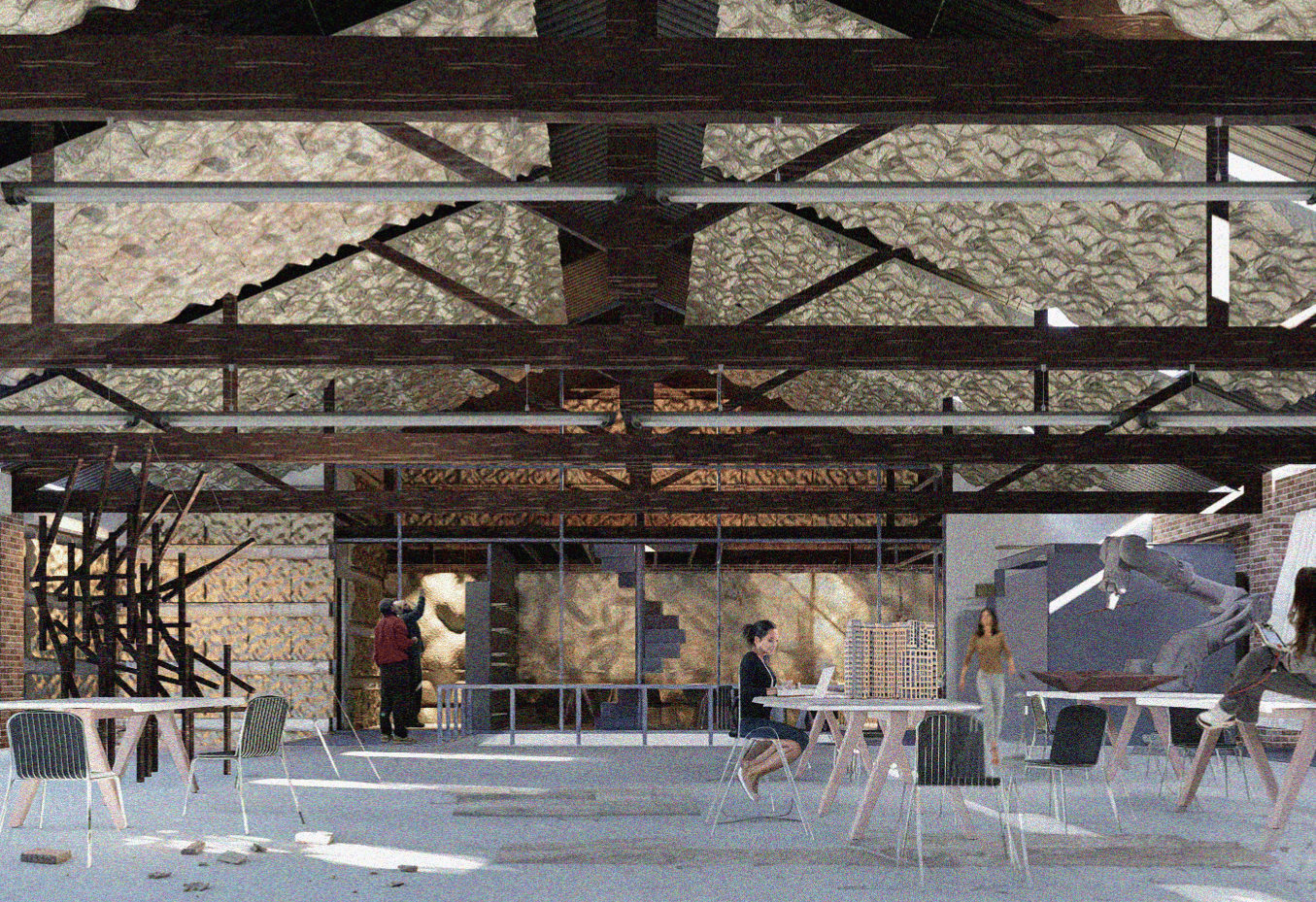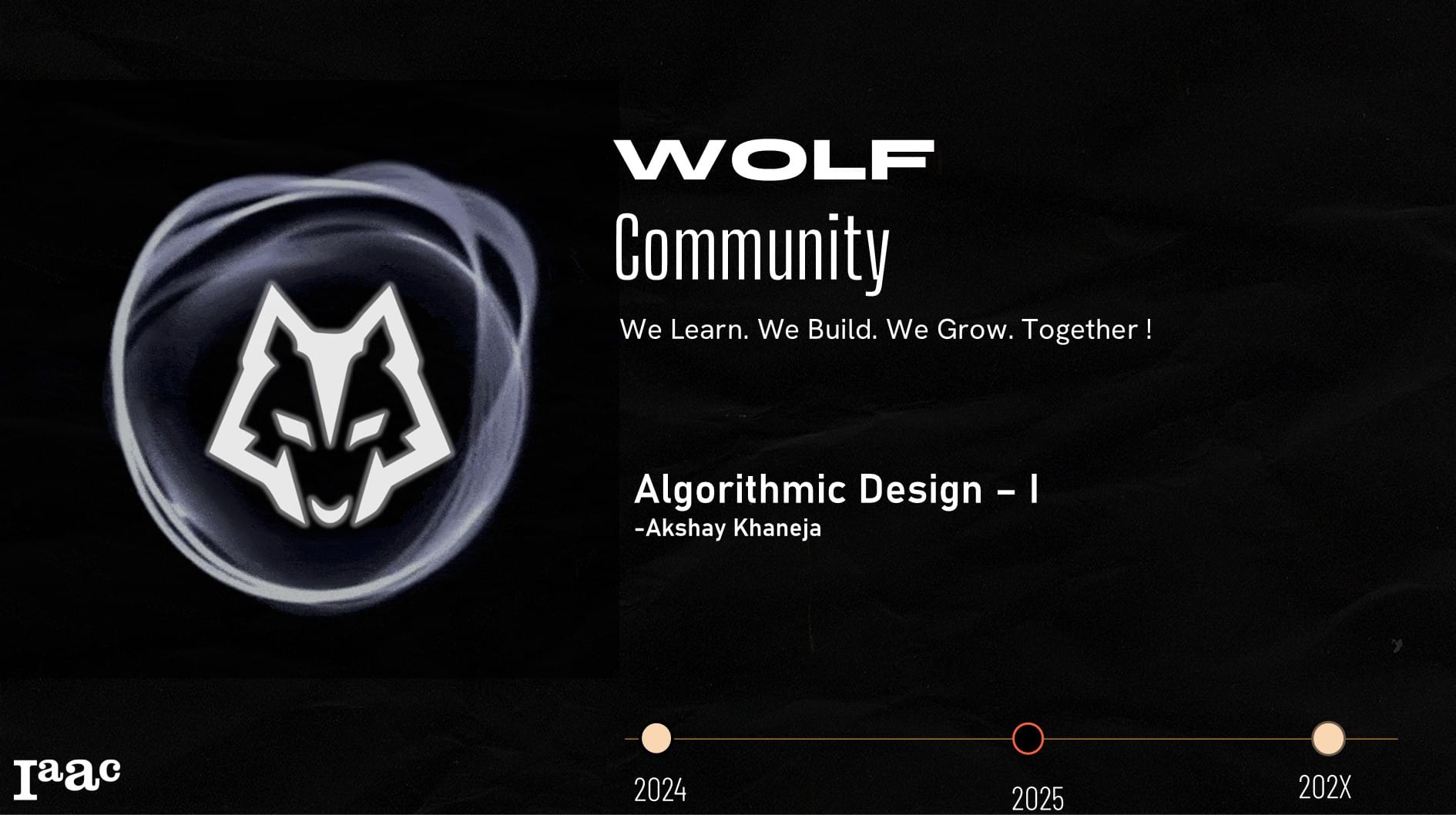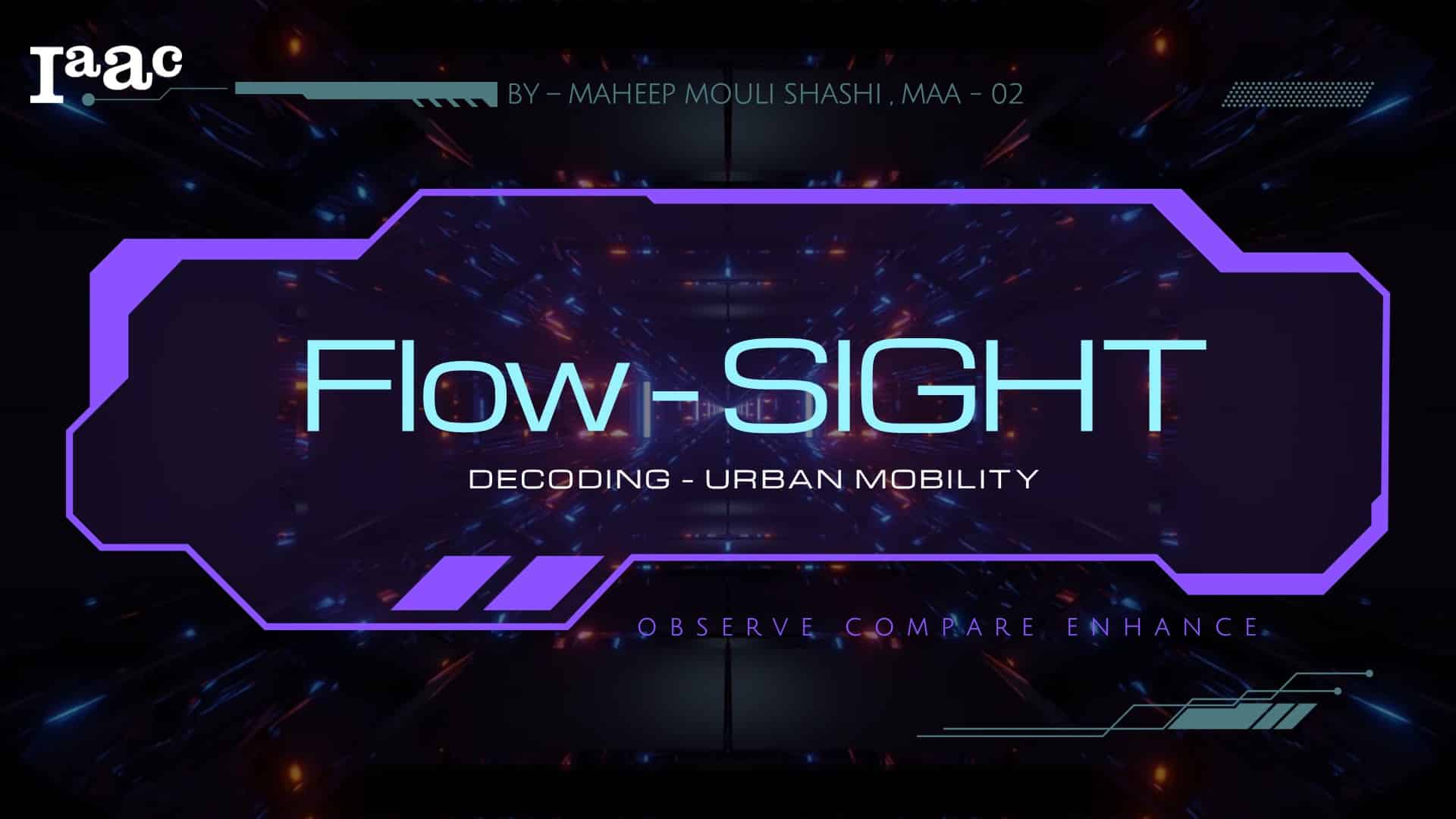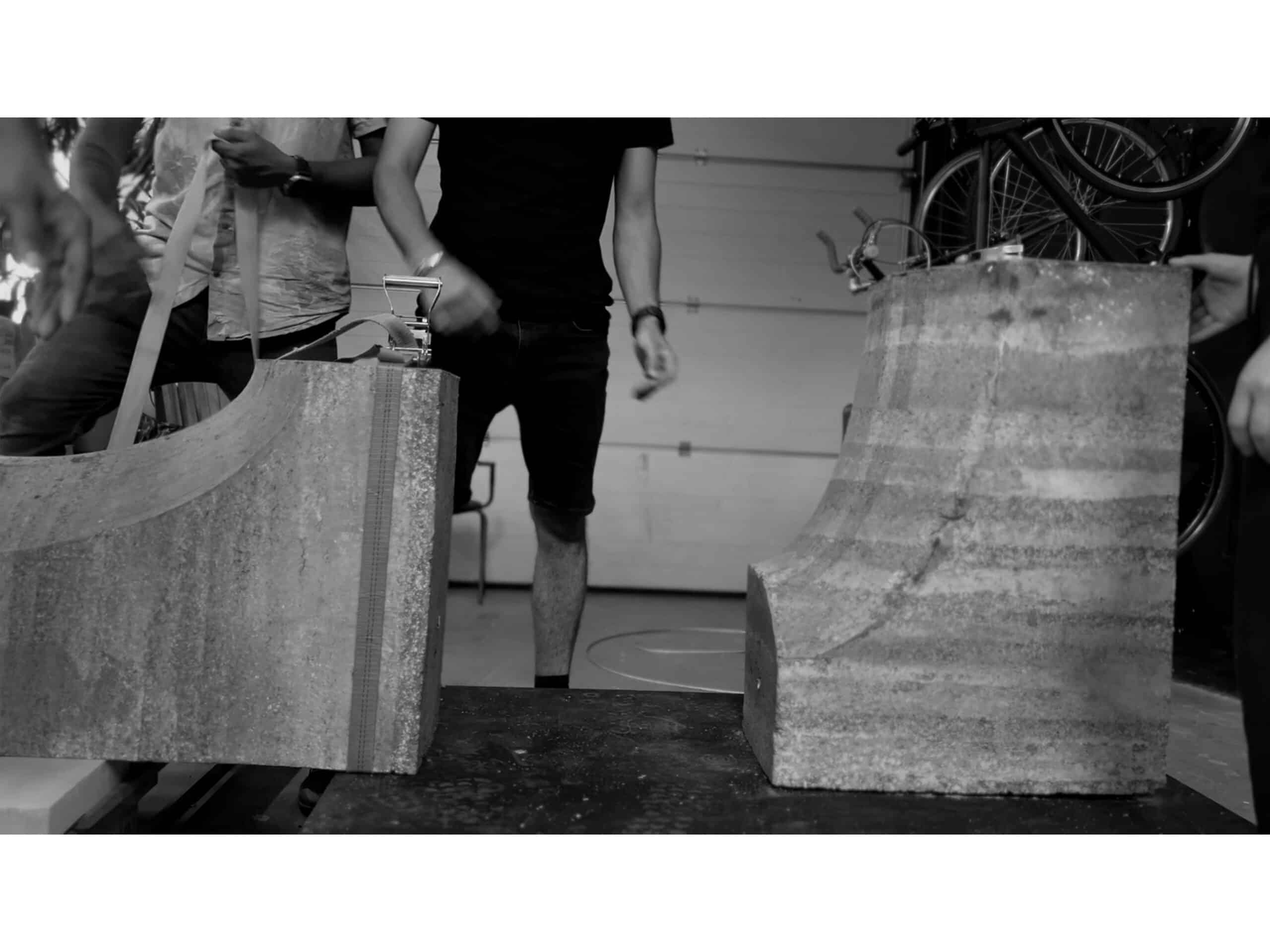The MAA is a visionary master program with an innovative and open structure, mixing diverse disciplines, shaping professionals capable of producing theoretical & practical solutions towards responsive cities, architecture & technology.
CONTEXEPT
Contexept is a Context-to-Conceptualization framework integrating Generative AI and Additive Manufacturing to produce facades for specified architectural contexts in upscaled construction scenarios Architecture at the Edge of InnovationTechnological Breakthroughs that Reconfigured Design PossibilitiesTime// Architectural Style//Technology //Architecture has never been static it continuously absorbs and reflects the technologies of its time. From Industrial Revolution, prefabrication and … Read more
Go With The Flow
Computational Fluid Dynamics for Natural Ventilated Systems primarily located within the United States The Problem within Context: Sears Catalogue from 1930s to 1950s United States. The American Dream is a phrase that has taken meaning in the ownership of a home with a white picket fence. The phrase was popularized in the 1930s after WWI … Read more
TÀN 58
TÀN 58 is a seven-story student housing project located in Poblenou, an industrial district of Barcelona. The building’s form and orientation were shaped through computational studies that optimized daylight access and solar radiation across the site. This analysis led to the introduction of two central atriums, which act as vertical heat sources and organizational cores—spaces … Read more
Venus- 3-D Printed Bio-composite.
VENUS is a 3D printable bio-composite made from clay and mycelium. It merges natural building materials with bio-based growth to create modular, biodegradable, and regenerative architectural components. Design The voids in the geometry enhance ventilation, critical for mycelium growth. Simultaneously, the organic content in the bricks regulates mycelium-colonized surfaces, particularly in shaded and moist environments. … Read more
BEASTIE: How 1m² of Care Can Change a City
When we think of biodiversity restoration, we often imagine vast forests or national parks. But what if it could begin on a balcony? A window ledge? A planter box? This question shaped my thesis project, BEASTIE – the Biodiversity Engagement and Action Simulator for Thriving Inclusive Ecosystems. It is a data-driven simulator that helps citizens, … Read more
Urban Matrix
Abstract Our project, addresses the need for Productive Justice for Self-Sufficiency in Mesquita, a municipality in Rio de Janeiro marked by socio-economic challenges such as food insecurity, water scarcity, infrastructure deficiencies, and a strong dependence on government subsidies. Our strategy transforms residual urban spaces-abandoned plots, unused corners, canal edges-into a Productive Web of interconnected hubs … Read more
mush.room
So, how can material innovation bridge the gap between reducing energy use in buildings and designing circular insulation systems for carbon-conscious retrofits?
WOLF
“What if you could speak your design ideas and watch them transform into complete parametric scripts in real-time?”
Flow – SIGHT: De- coding urban mobility
Introduction Urban traffic congestion is more than just an inconvenience—it’s a global challenge tied to pollution, stress, and wasted time. While cities are turning to AI-driven systems to ease the gridlock, the question remains: Do these technologies actually perform better than traditional methods?Flow – SIGHT is a comparative research project that investigates traffic systems across … Read more
BARA
Carbon Envelopes Toward Carbon-Sequestering Architectural Systems through Biochar-Concrete and Hybrid Fabrication The construction industry is one of the biggest contributors to climate change.We’re facing a paradox: The materials we use and how the construction industry works today are destroying our chance of having a future. Besides the emissions, there are other problems that we need to … Read more
SecondMatter
SecondMatter upcycles 85% construction and demolition waste into low-impact building units using a hybrid ramming-jamming technique. With 9 MPa strength and 7% lower carbon emissions, it forms walls, panels, and columns. Integrated into municipal waste systems, its compaction method adapts to unpredictable debris, turning urban waste into resilient, structural architecture within existing material cycles. What if … Read more

